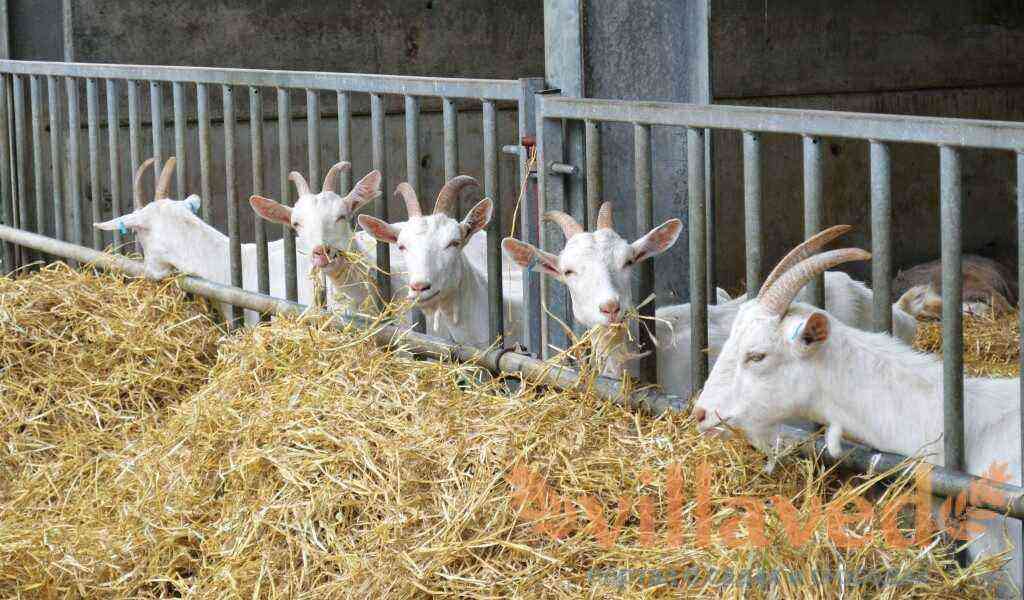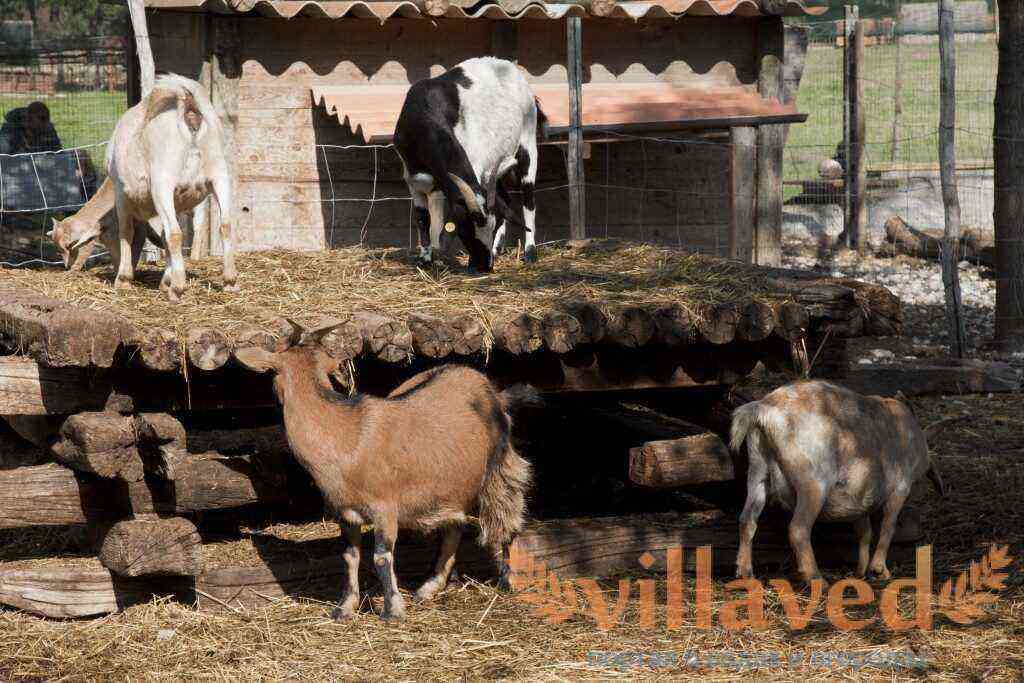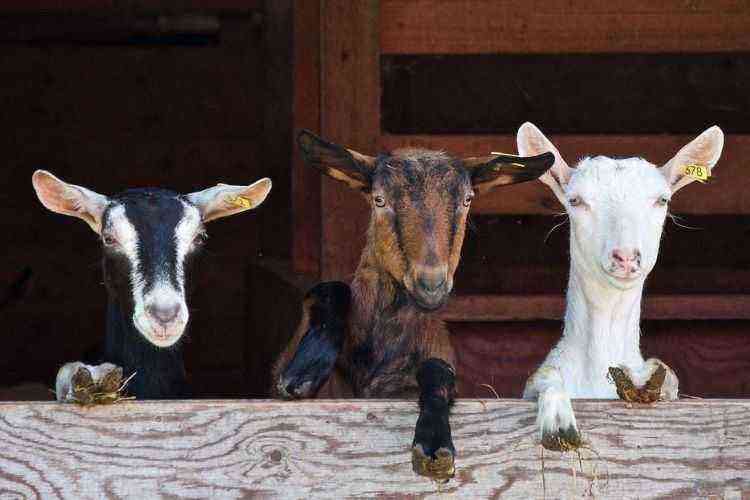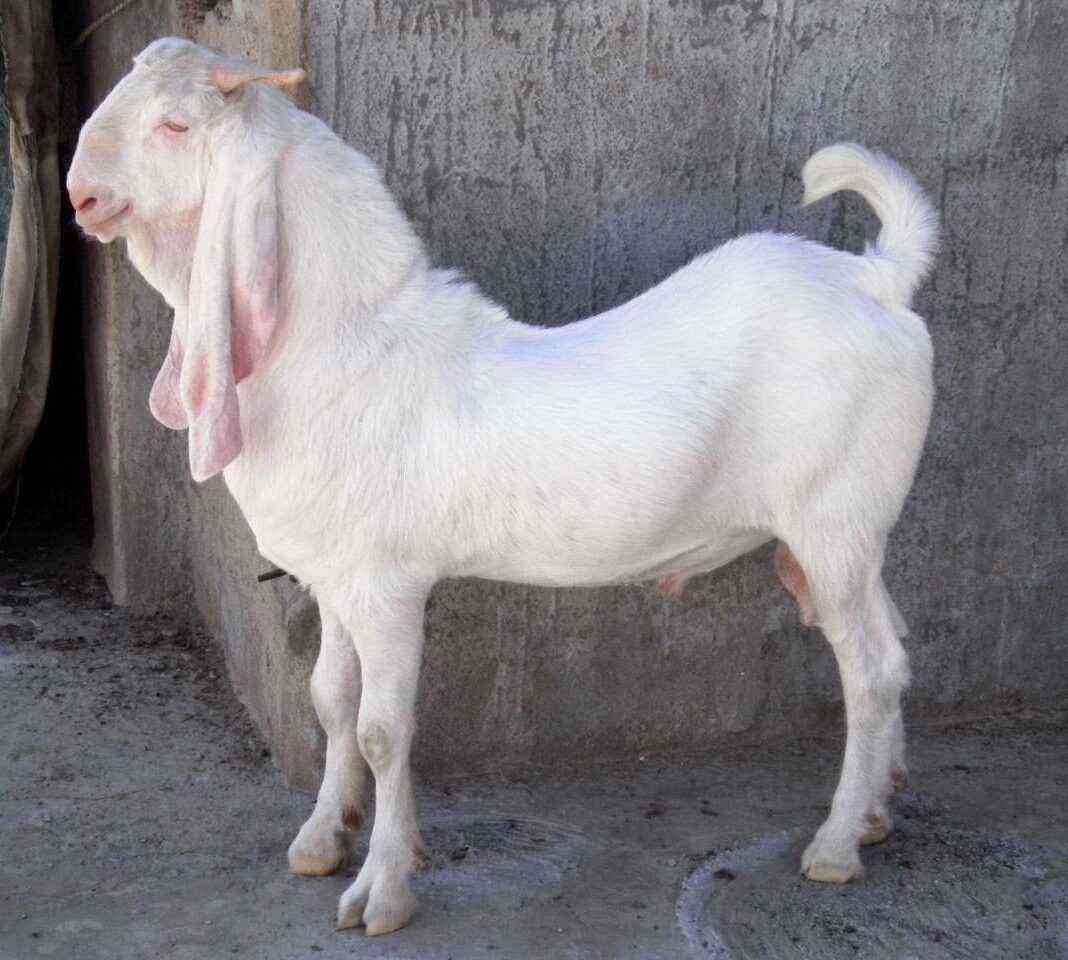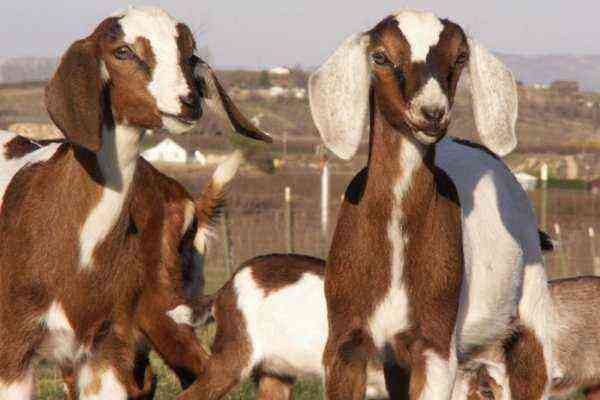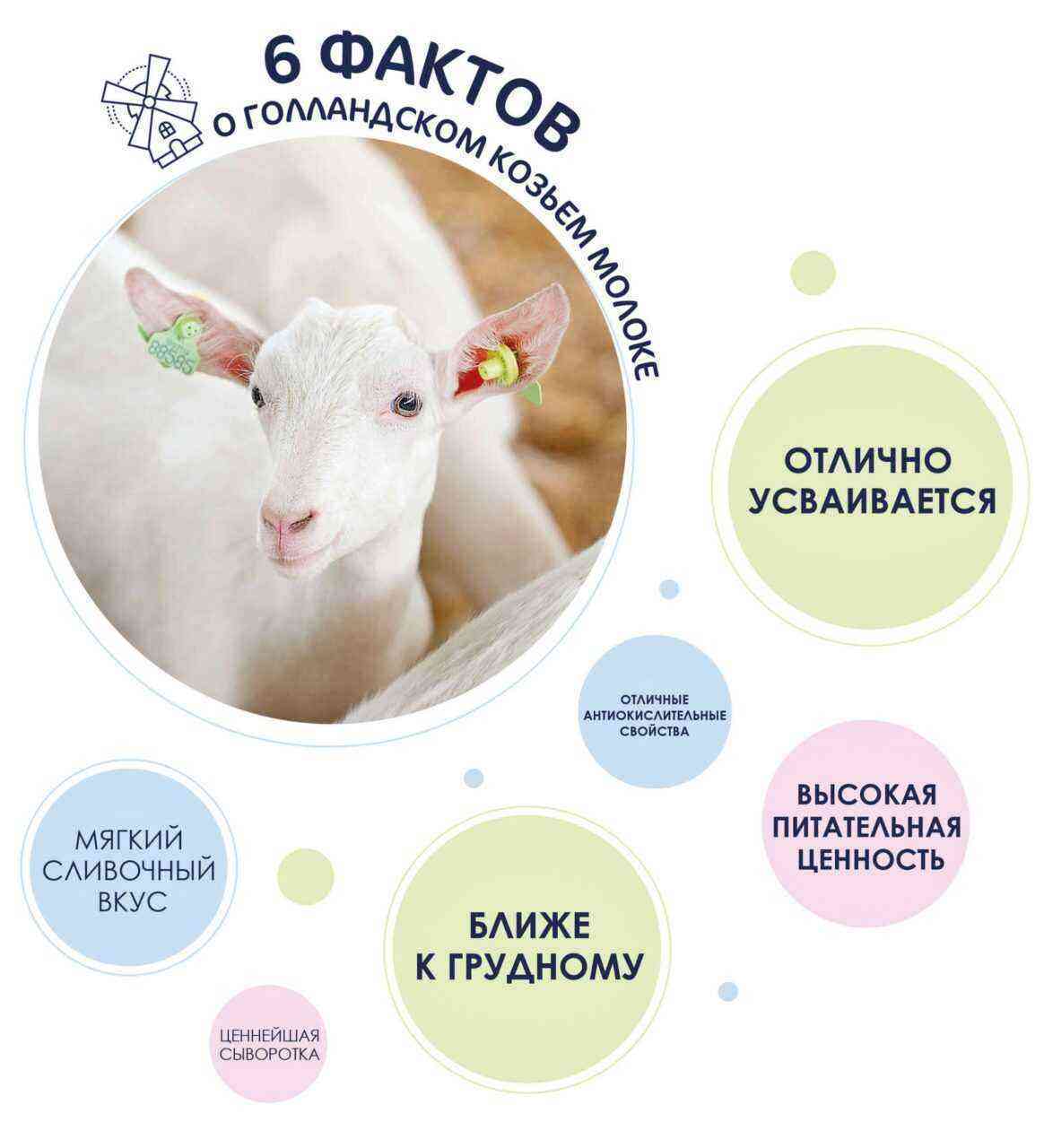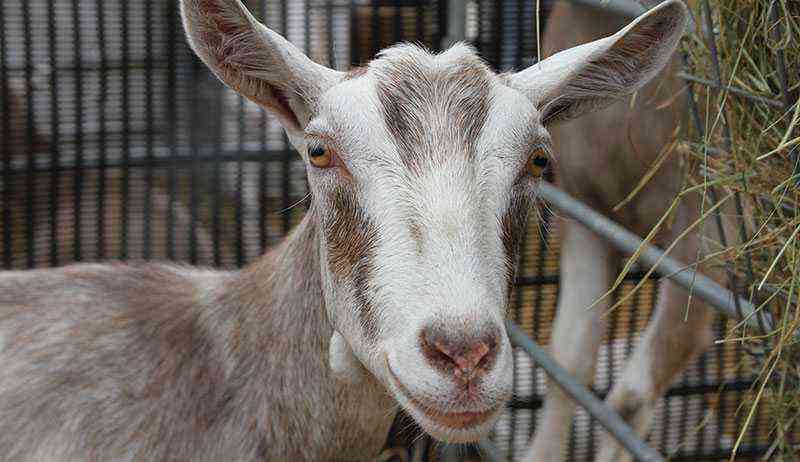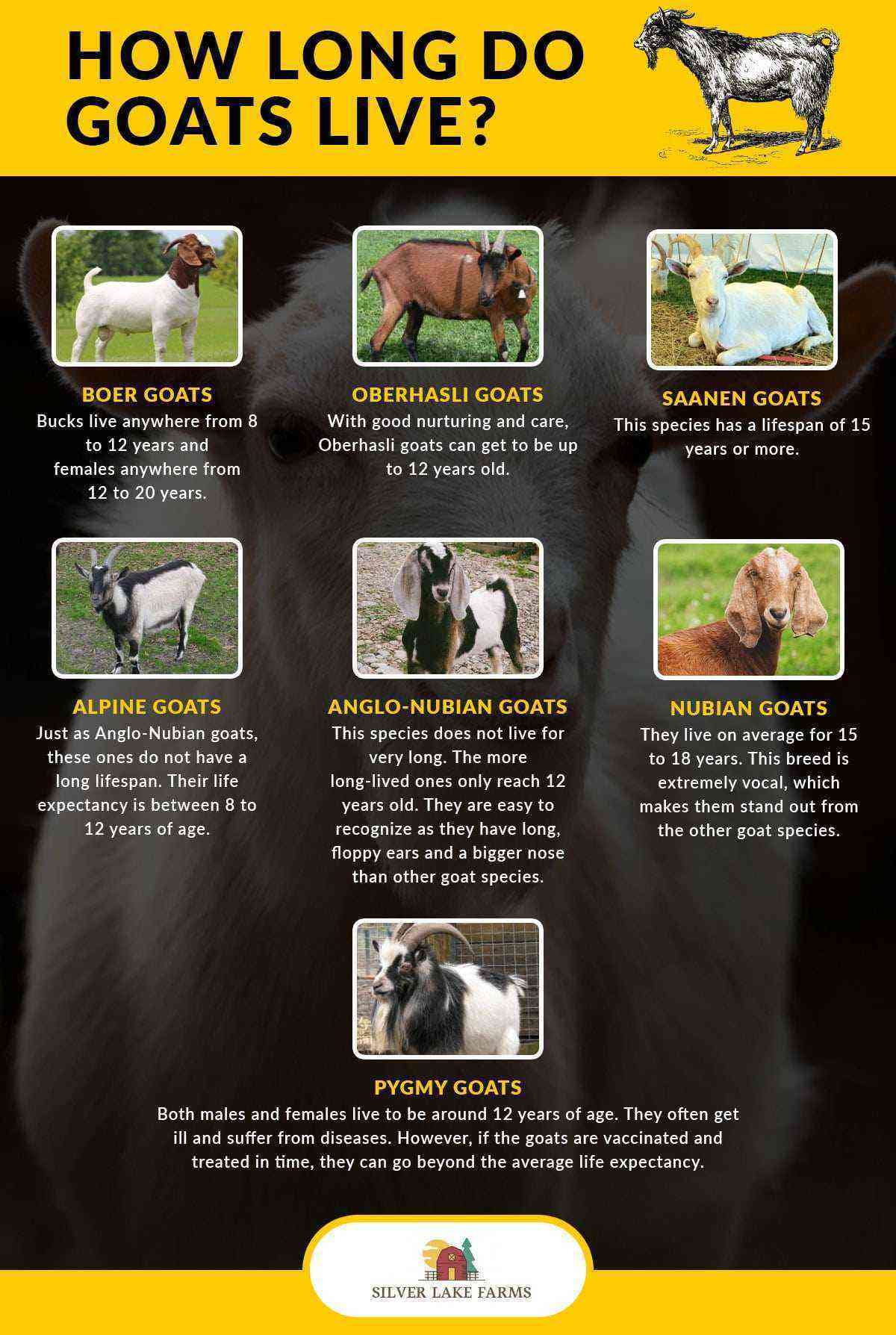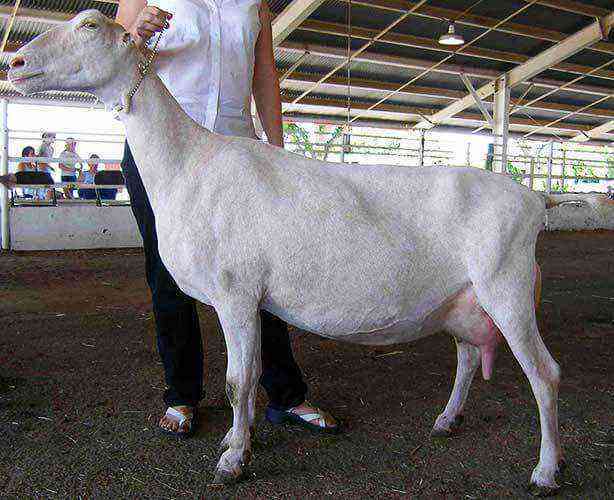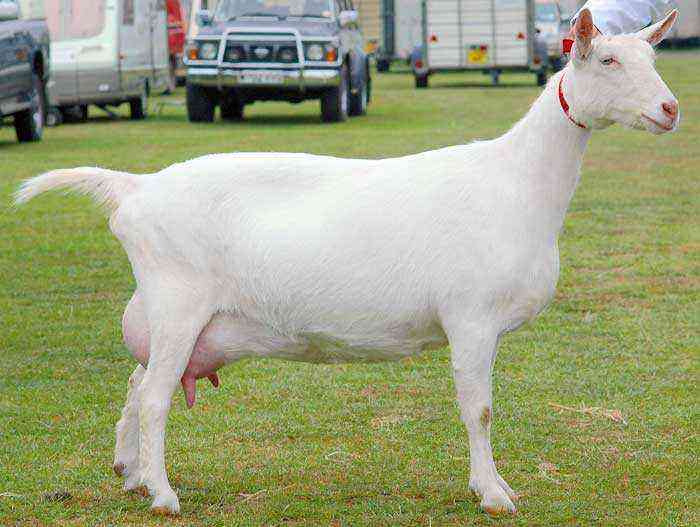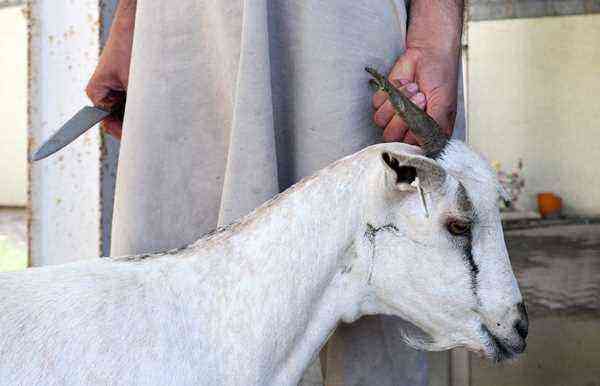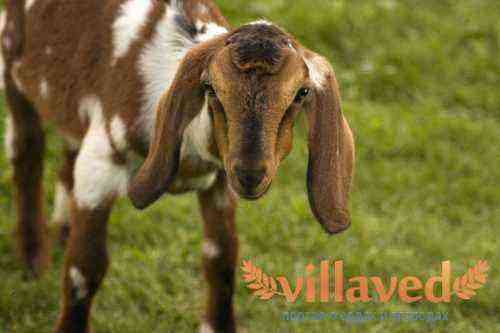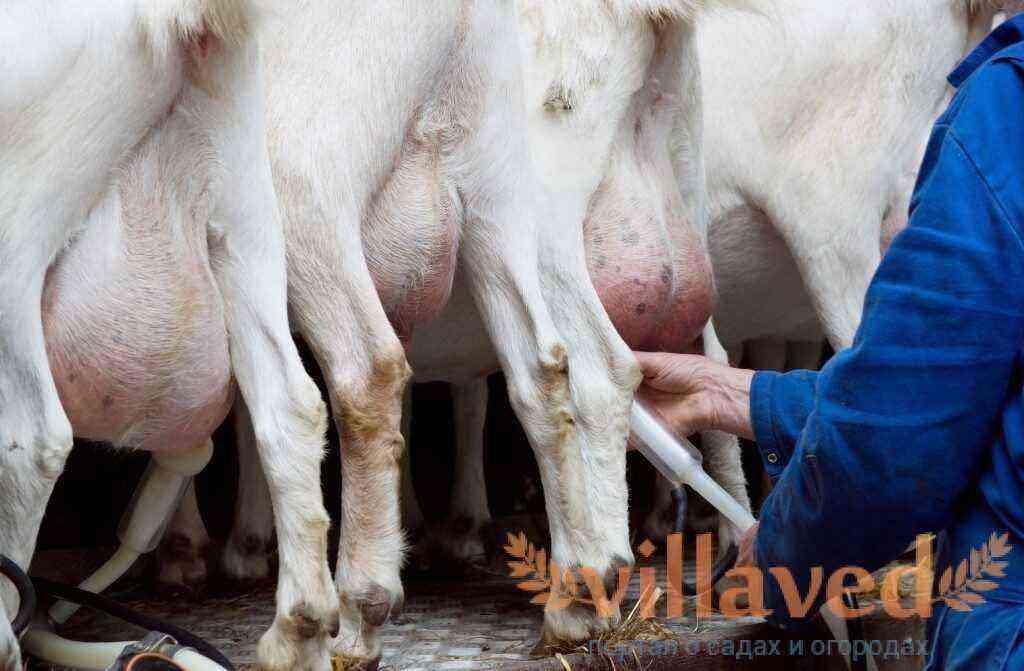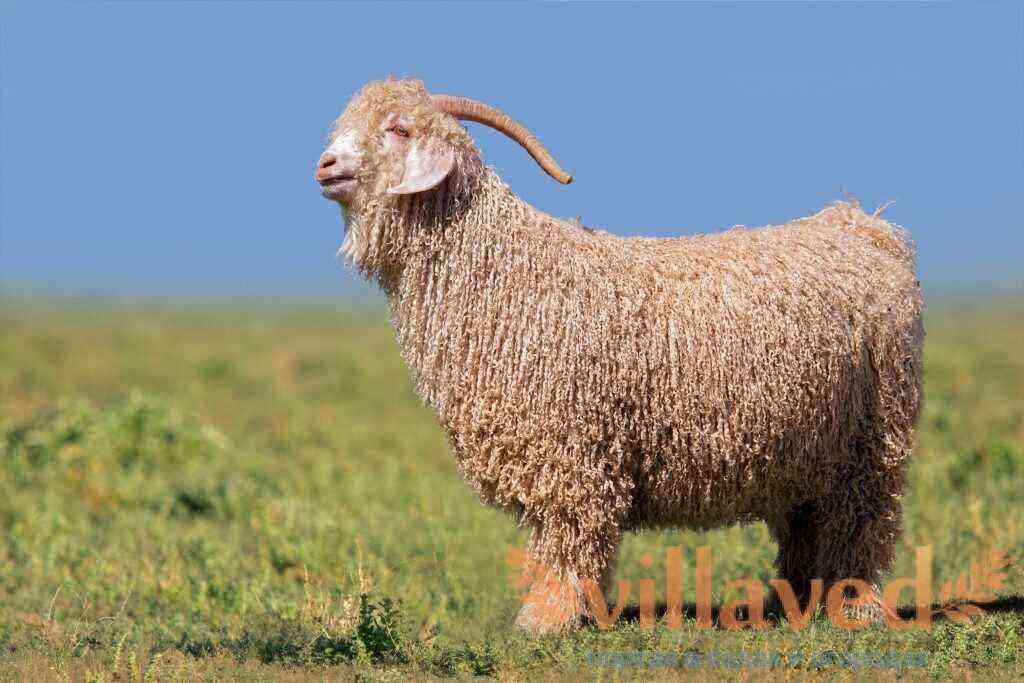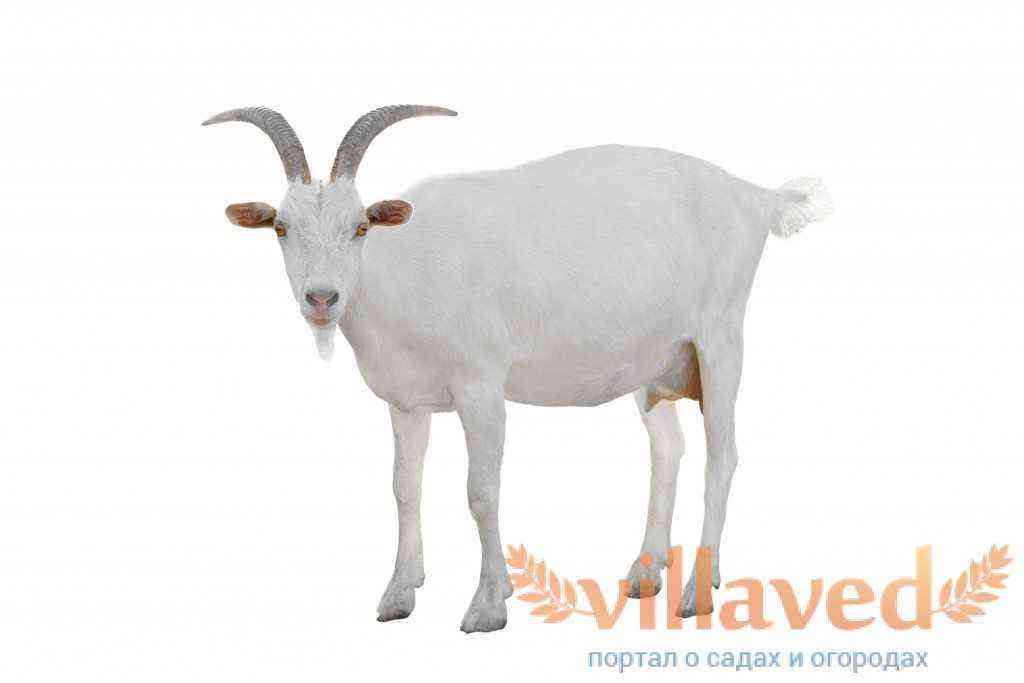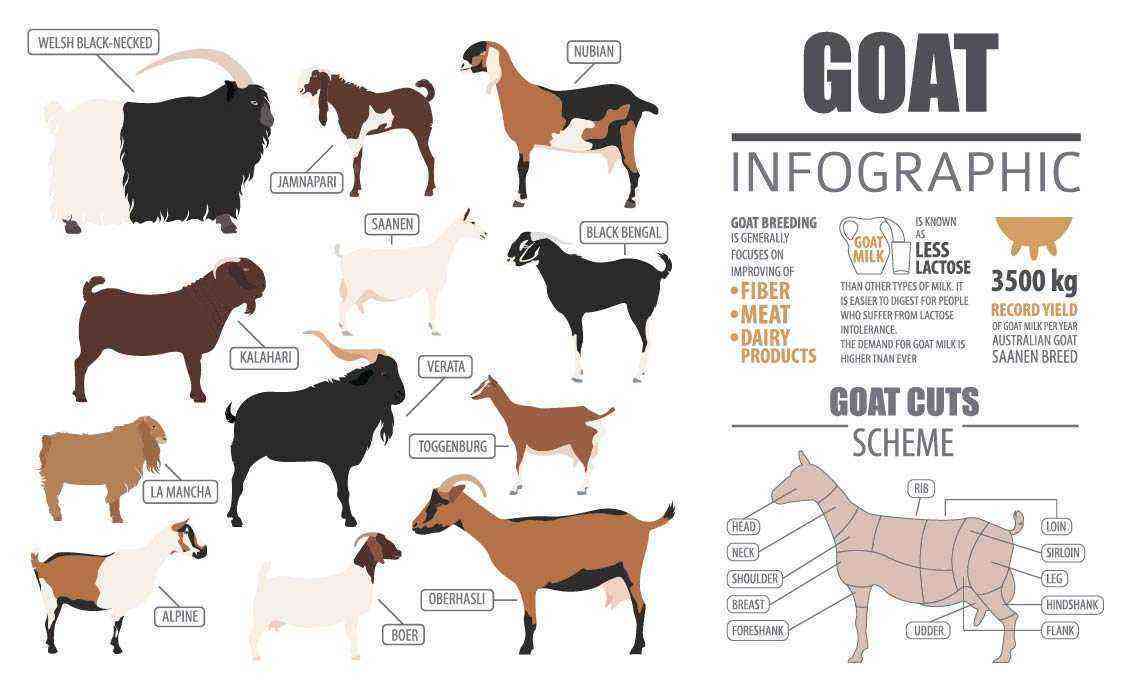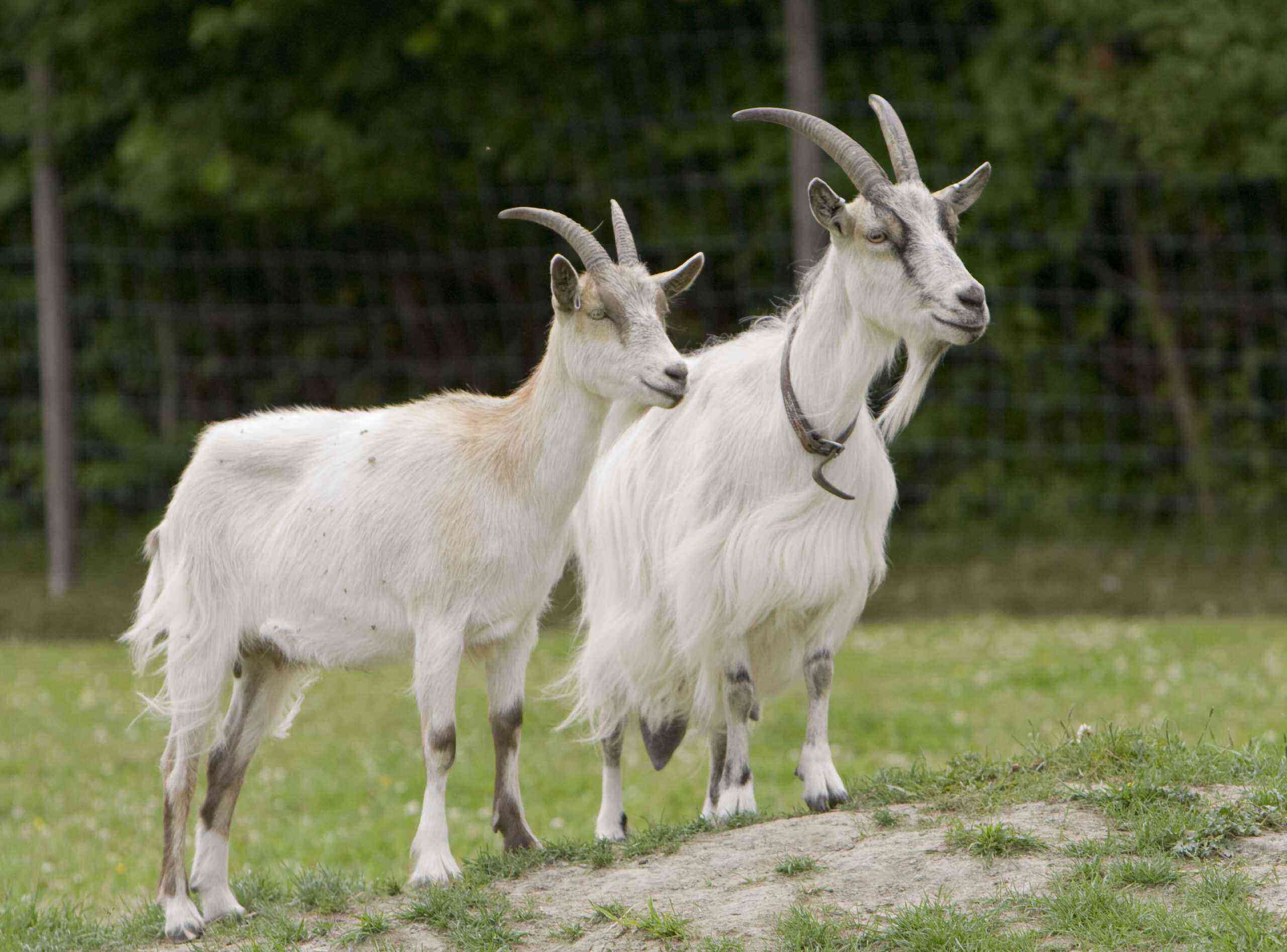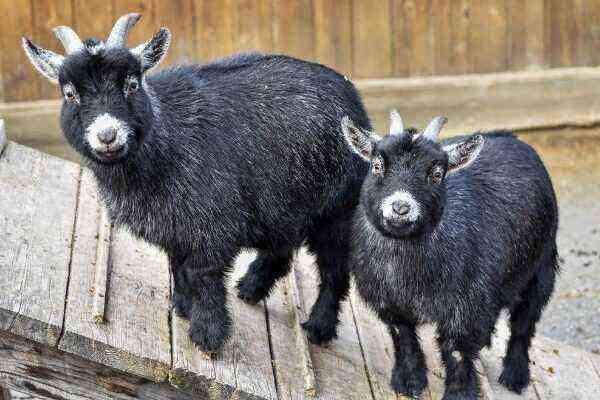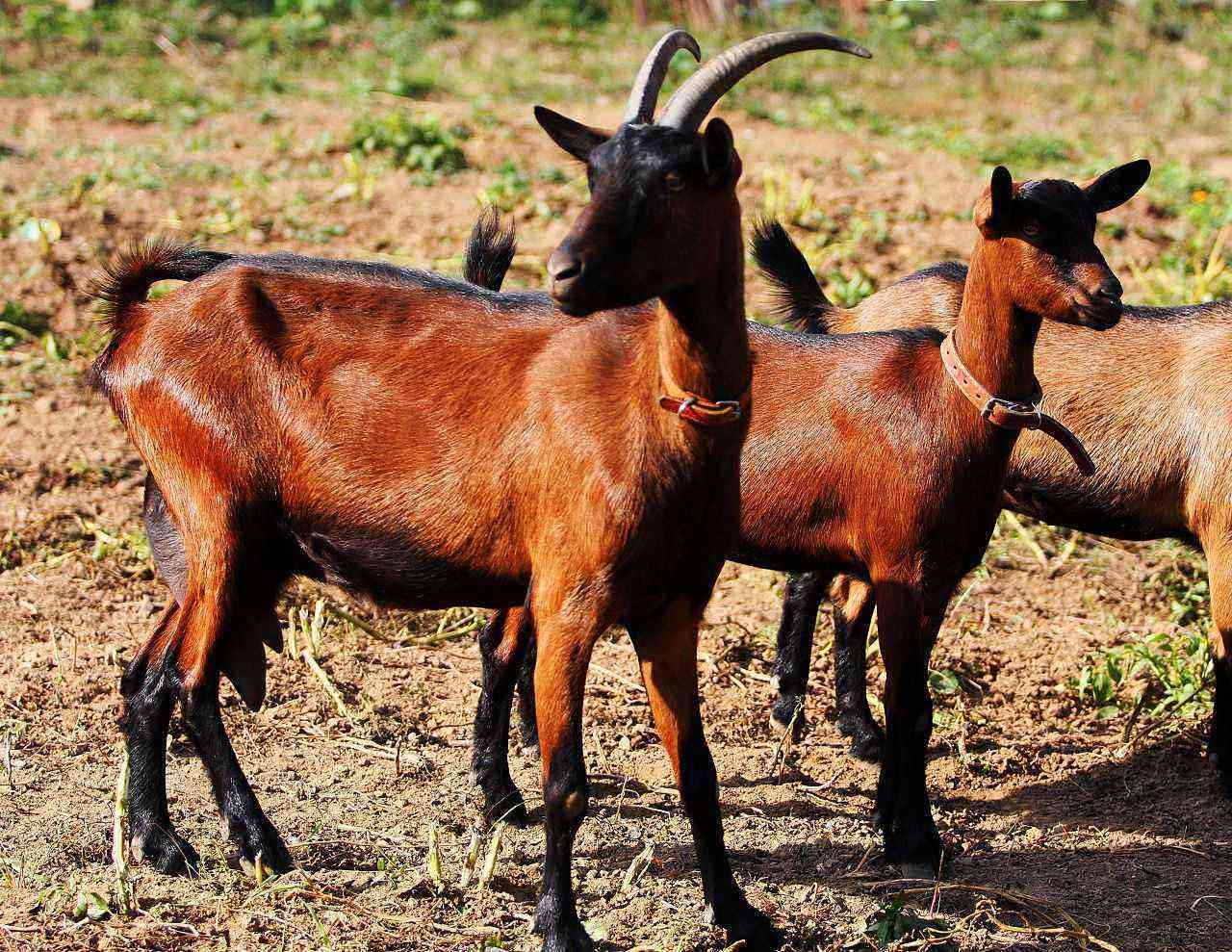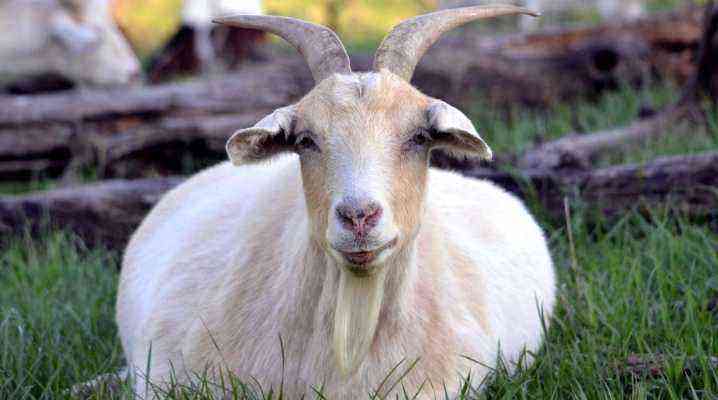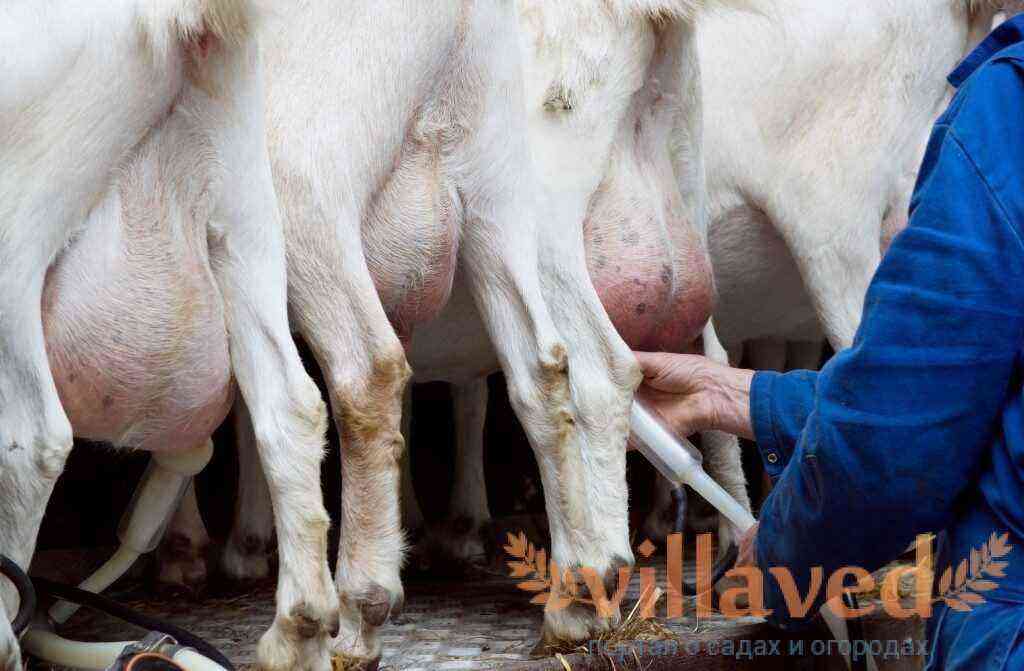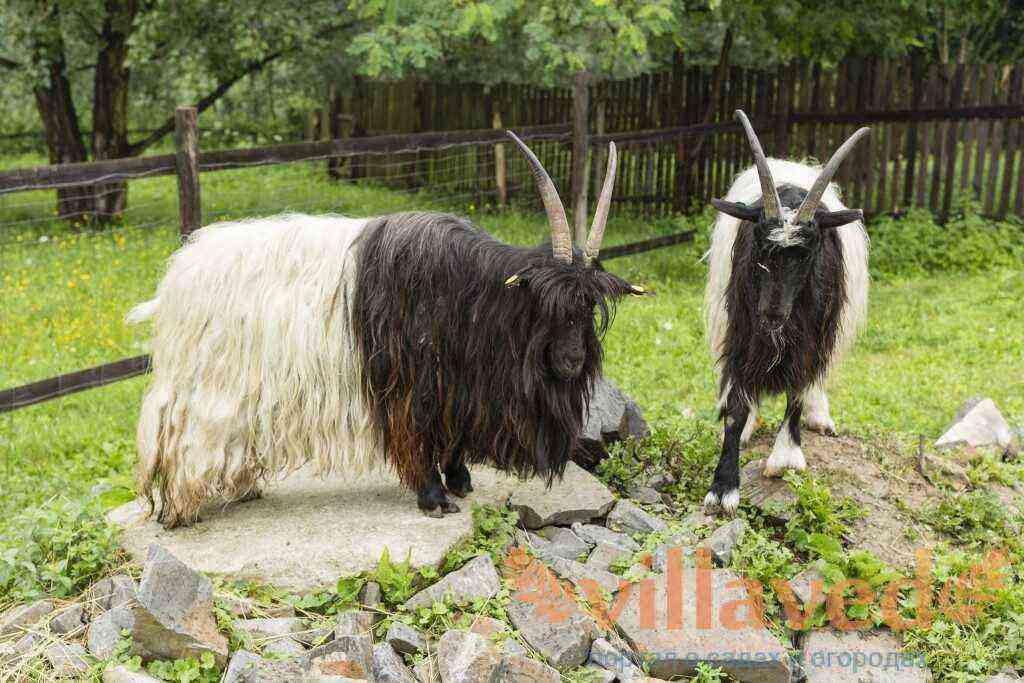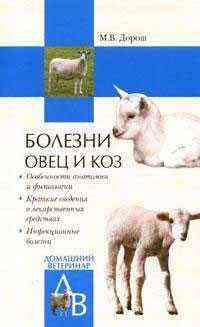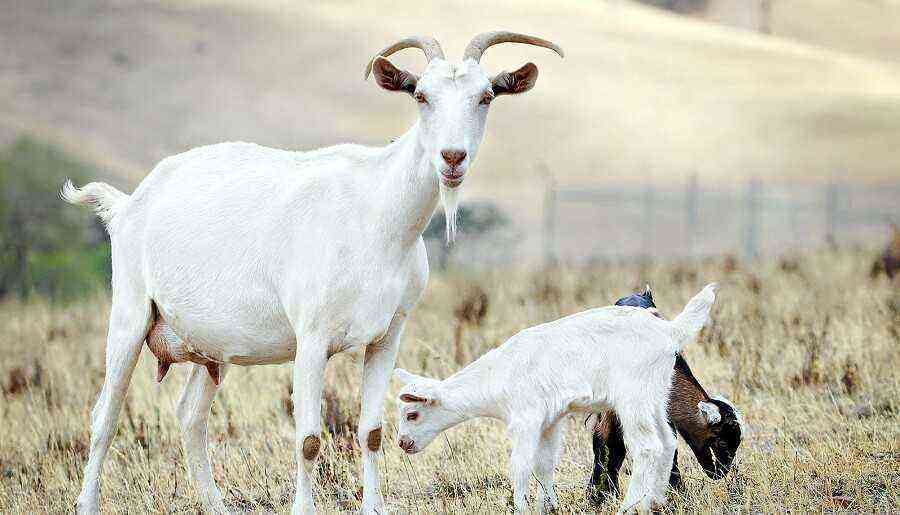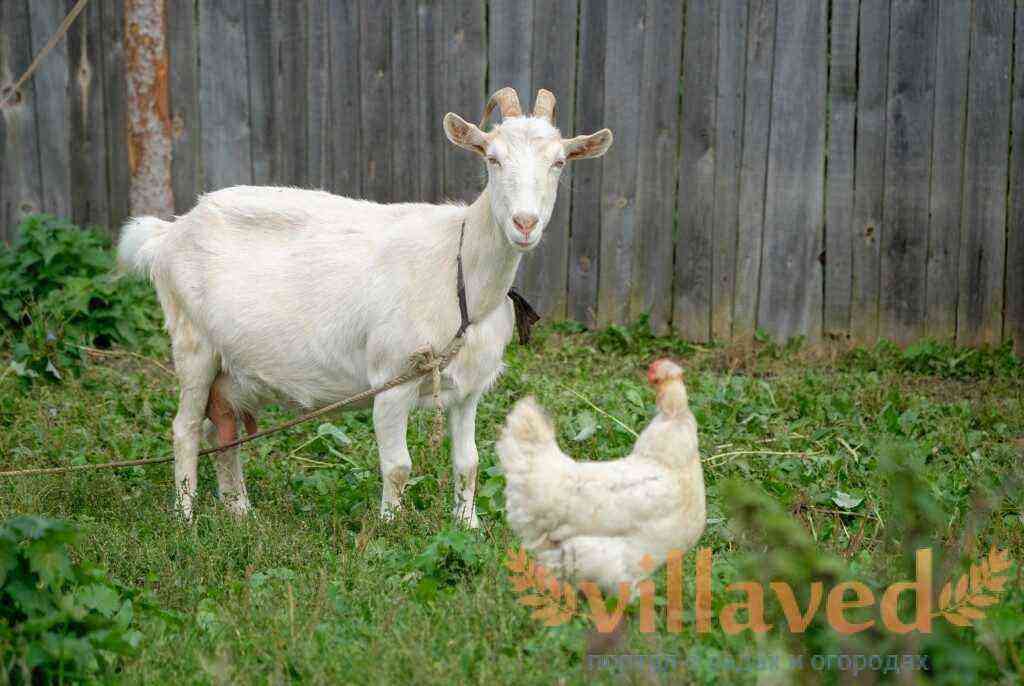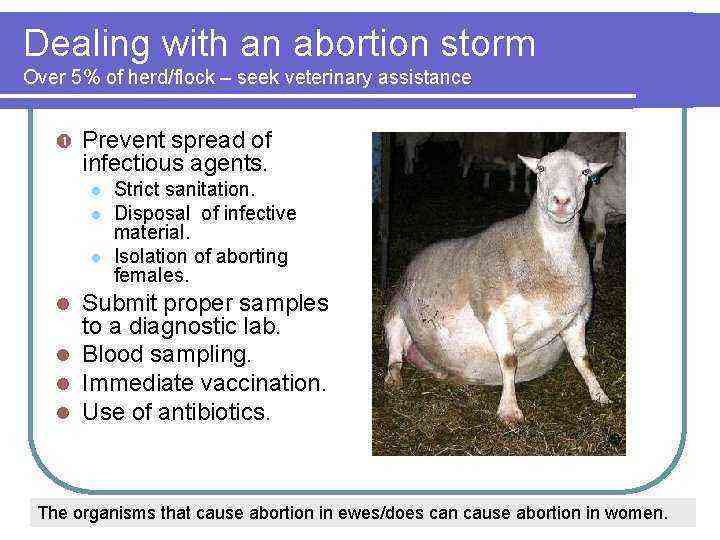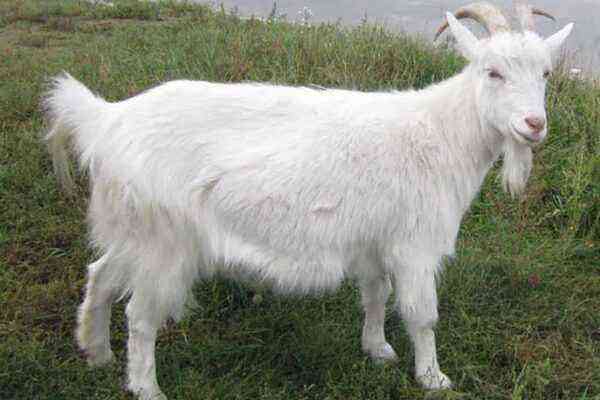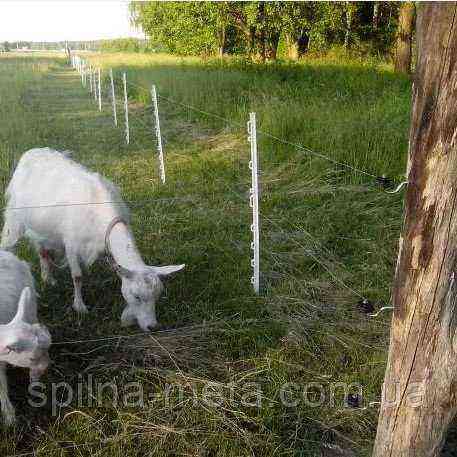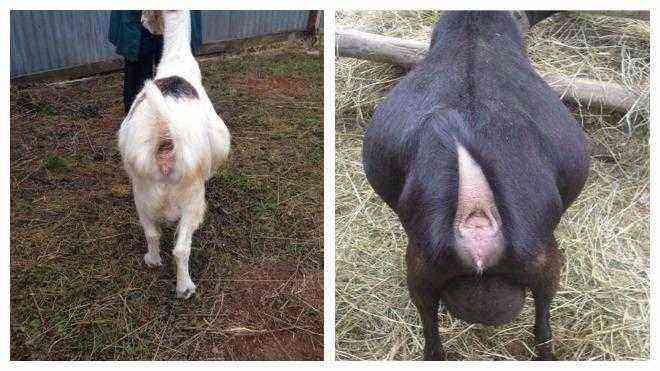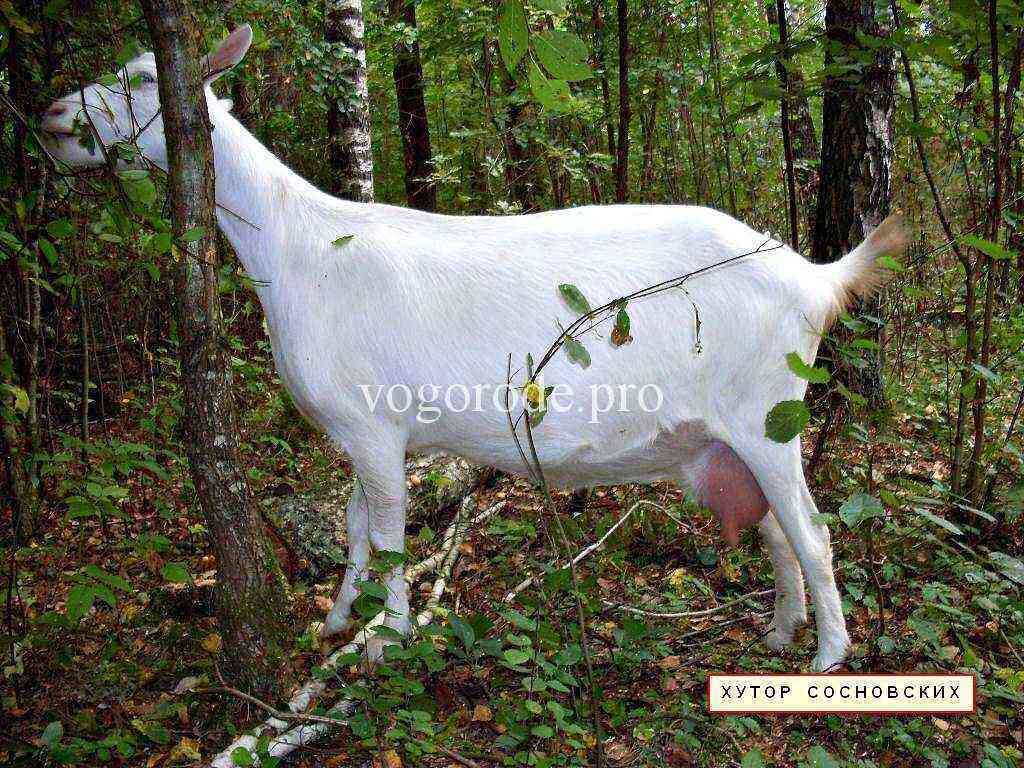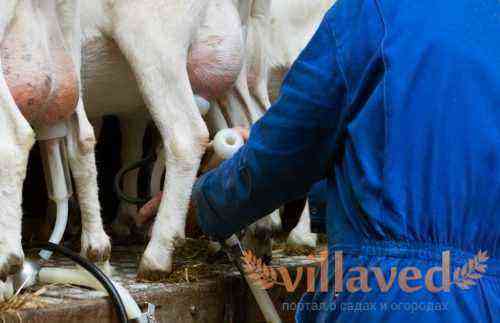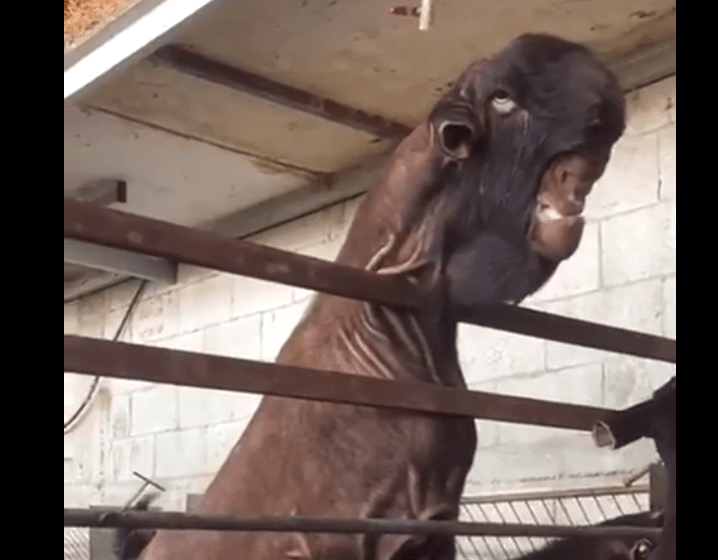Goat lambing is always a joyful and long-awaited event for both the animal and the farmer. After giving birth, the goat should have an afterbirth. If within a few hours the placenta has not departed, you need to know why this does not happen. Successful childbirth largely depends on the condition of the goat and proper preparation for childbirth. In a healthy animal, the afterbirth (popularly the placenta) comes out on its own and without pain. Sometimes there are situations when the placenta does not depart for several hours or days. If the goat does not have it for a long time, it is recommended to call the veterinarian at home.
The goat does not leave the afterbirth
In no case should you try to manually pull something out of the female, firstly, it may hurt her, and secondly, this can only aggravate the situation. The placenta should come out either by itself or under the supervision of a veterinarian. However, there are situations when a doctor is not available, therefore, any farmer should have at least a superficial knowledge of animal husbandry and veterinary medicine. In many ways, the correct and skillful actions of the farmer will help save the goat. What to do so that your goat has an afterbirth on time? It is necessary to make a start before lambing. The goat needs to be properly and balancedly fed, milked, walked and massaged.
The content of the article:
Why does the goat not have an afterbirth?
- In productive females, the afterbirth is delayed due to malnutrition, in which strict proportions of carotene and calcium must be observed. Low calcium in the blood slows down the contraction of the uterus and the separation of the placenta.
- Related animal breeding.
- Lack of walks during the stall period.
- Various diseases.
- During multiple pregnancy, the uterus is stretched, and it contains amniotic fluid, which inhibits the waste of the placenta.
We separate the placenta with the help of medicines
Before putting any medicine, you need to consult a veterinarian so as not to aggravate the situation. Before using various antibiotics, try giving the female a drink of amniotic fluid or giving a subcutaneous injection of colostrum. This trick helps the animal’s body to produce the hormone oxytocin on its own. The goat needs it so that the uterus contracts normally. There are situations when there is no amniotic fluid or they cannot be collected, then drugs such as oxytocin, sinestrol or pituitrin are used.
The dosage of the drug should be discussed with the veterinarian, based on the weight of the animal and its state of health. Most often, oxytocin is administered intramuscularly in a dosage of 25-30 units. The injection is made after the evening milking. If the medicine has helped, the female will stop excreting. If the discharge continues and is brown, it is most likely endometritis. When recovering, the discharge should be clear and odorless, and eventually disappear. Delayed placenta can provoke infection, so it is necessary to use antibiotics.
An antibiotic is administered intramuscularly 1 time per day. In order for the treatment to give a visible result, antibiotics continue to be given for 7 to 10 days. Most often, bicillin-3 or streptomycin is used. Sometimes these drugs are mixed and something is added for pain relief, such as novocaine. If the antibiotic has worked, a couple of days after the start of treatment, you can notice the first positive results. In some situations, when separation of the placenta does not occur, the veterinarian prescribes intrauterine administration of liquid antibiotics. For example, rifacycline or 10% norsulfazole solution.
Please note that there are situations when the owner does not notice that the goat has eaten the placenta, in which case there is no need to do anything.
Proper goat care
To avoid possible complications, make the right diet so that the daily menu includes all the necessary vitamins and minerals, especially during pregnancy and after childbirth. Feed should be easily digestible and of good quality. You can give such as hay and branch forage, pumpkin, fodder beets, carrots and decoctions with concentrates.
Be sure to follow the measure and do not overfeed the animal. Give only juicy and fresh food. The room where the animal is kept should be warm and fresh. Ventilate the room regularly so that the goats can breathe fresh air. If it is sunny outside, you can let the animals out for a walk. Bedding. on which the goats lie should be thick and dry.
Prevention
To avoid problems with lambing and afterbirth, attention should be paid to the goat. Most often, the placenta is not separated in individuals who move little, do not receive high-quality and balanced nutrition and live in inadequate conditions. It is better to carry out prevention in advance and prepare the animal for childbirth. It is best to periodically show the goat to the veterinarian for an examination.
It is better to identify possible problems at an early stage than during childbirth. In order for a goat to cope with childbirth and motherhood, its physical development, condition and body weight must be taken into account. Problems are observed most often in weakened animals. If you follow simple recommendations for the care and maintenance of goats during lambing, they will not have problems.
